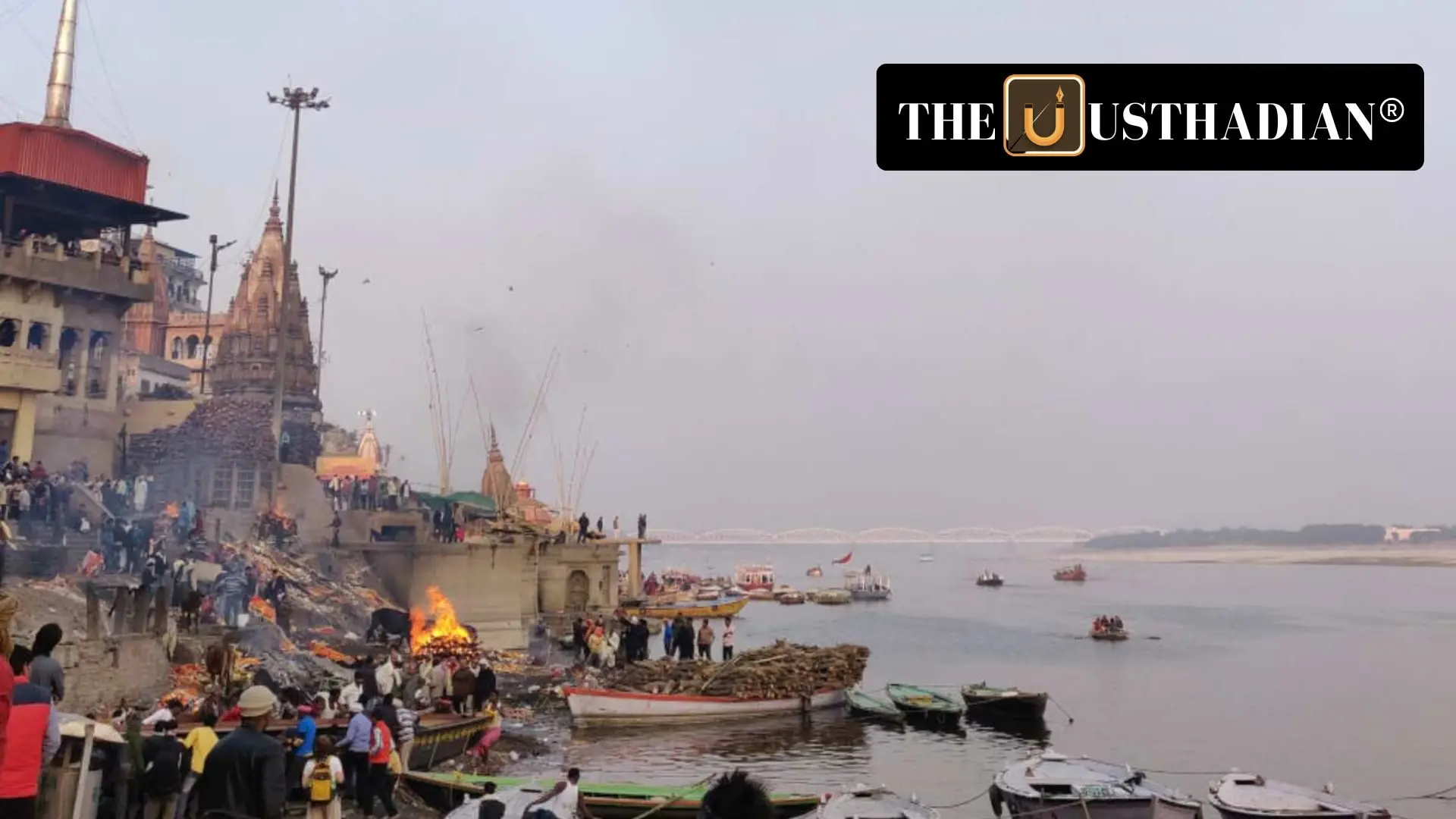PM2.5 Components and Regional Patterns
Alarming PM2.5 Pollution in Indo-Gangetic Plain: Health Crisis in the Making: A recent study published in Nature Communications paints a stark picture of air pollution across Northern India, especially in the Indo-Gangetic Plain. Scientists analysed PM2.5 from five different locations, including both urban and rural zones. In Delhi, pollution was mostly from vehicle exhaust and residential heating. Meanwhile, in other regions, the dominant sources were ammonium sulfate and biomass burning. This clear contrast in emission types shows how pollution varies even within the same geographic belt.
Health Impacts of Fine Particulate Matter
PM2.5 is not just another pollutant—it’s deadly. What makes it harmful is its oxidative potential, or its ability to damage lung tissue and other organs. The biggest culprits are organic aerosols from burning biomass and fossil fuels. These toxic particles, especially from traffic and home heating, directly affect people’s breathing, heart function, and overall health.
Seasonal Surges During Cold Months
The study shows a huge seasonal variation. During winter, people often burn cow dung and other materials to cook or stay warm, especially in rural areas. This raises the level of primary organic aerosols up to 10 times higher than in summer. These conditions make winter air nearly unbreathable in many parts of Northern India.
Role of Urban Traffic Emissions
One of the major findings was the significant contribution of vehicular emissions. In cities, up to 40% of PM2.5 mass comes from hydrocarbon-like organic aerosols released by traffic. These emissions are especially dominant during warmer months, when additional heating-related emissions are low, making traffic a year-round issue for air quality.
India’s Air vs. the World
The comparison is shocking. PM2.5 in Indian cities has a higher oxidative potential than that in major cities in China and Europe, sometimes by up to five times. This raises a red flag about public health preparedness and the urgency to adopt more aggressive air quality control measures in India. With such high pollution levels, even young and healthy individuals are at risk.
STATIC GK SNAPSHOT
Alarming PM2.5 Pollution in Indo-Gangetic Plain: Health Crisis in the Making:
| Topic | Details |
| Main Pollutant | PM2.5 – Fine particulate matter |
| Study Published In | Nature Communications (2025) |
| Worst-Affected Region | Indo-Gangetic Plain, especially Delhi and rural North India |
| Key Pollutant Sources | Vehicular emissions, biomass burning, ammonium compounds |
| Major Health Risk | High oxidative potential leading to respiratory and cardiovascular issues |
| Seasonal Spike | Winter (due to cow dung, residential heating) |
| Global Comparison | India’s PM2.5 toxicity 5× higher than China or Europe |
| Exam Relevance | Environmental Studies, Health & Geography (UPSC, TNPSC, SSC, Banking) |








